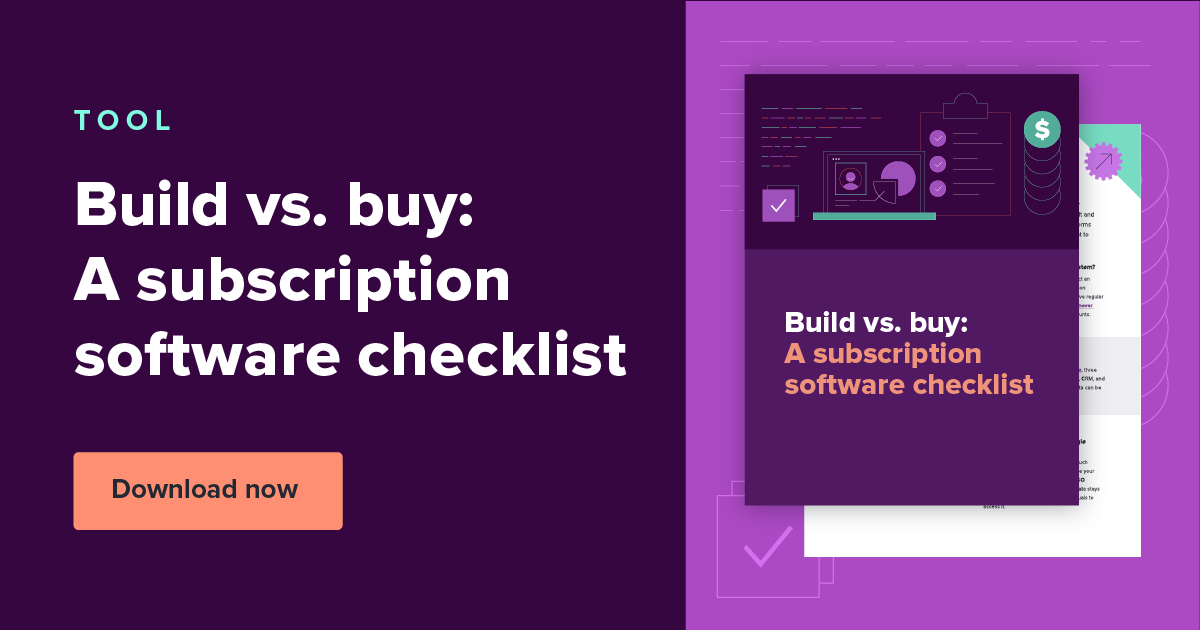Recurring subscriptions: What you need to know

The subscription-based business model continues to rise in popularity, helping companies to find new revenue streams and cultivate long-term customer relationships.
While economic pressures usually drive purchase decisions and customer behaviors, the demand for recurring products and services proves that subscriptions are the future of consumerism. In fact, the subscription economy is expected to top $1.5 trillion by 2025.
With this premise, companies should seize the opportunity to create subscription offers that appeal to consumers. In this article, we'll explore recurring subscriptions, how they work, and their benefits for your business.
How recurring subscriptions work
Subscriptions let consumers sign up for a product or service and pay for it automatically and regularly using their preferred payment method. The amount charged can be fixed or variable, depending on their chosen subscription plan.
You may ask yourself, what are the advantages of having recurring monthly payments? There are benefits for both brands and subscribers.
Predictable revenue: Recurring payments provide steady revenue streams that ease budgeting and planning. This helps companies to scale with more accurate forecasting and efficient capital allocation, leading to a higher ROI.
Increased customer retention and loyalty: Subscriptions provide value over time and incentivize consumers to continue using the service.
Convenience and personalization: Subscriptions allow customers to pay and receive products easily and based on their needs.
Adding recurring subscriptions to your business
Deciding to include subscription offers or migrating completely to a subscription-based model can be an extensive task, as there are many aspects to consider–from plans and pricing models to payments and revenue recognition.
If you’re considering shifting from single to repeated purchases:
Make sure subscriptions are the right fit for you: Analyze your product and how it fits into your customers’ lives. Is it something they would benefit from buying regularly?
Design your membership strategy: The one-size-fits-all approach doesn’t work in subscriptions. Outline the plans you’ll offer and how much you’ll charge for each–consider all product variations, pricing tiers, features and restrictions, payment cycles, billing periods, and any additional charges.
Define an implementation plan: Once you understand your product's value to subscribers and you’ve landed on the right packaging and pricing strategy to promote it, it’s time to design the work map you’ll follow to implement subscriptions.
Keeping invoices, payments, plans, and subscriber data in one place is key; subscription management tools can help you achieve that. The question many business owners face is, “Should I continue building and maintaining my platform or buy one?”
As mentioned before, subscription models have many areas of consideration–development and management resources, payments, security and compliance, revenue recognition, reporting, and business analytics, to name a few.
Our Build vs. buy checklist will guide you toward a solution that addresses your needs today and in the future. Download it now to gain confidence in your decision to build or buy.

Setting individual pricing for product variations
Whether fixed, ramp, quantity, or usage-based, one of the main areas of personalization that businesses can explore is pricing. Offering flexibility in payments allows customers to choose the best subscription for their needs and budget.
When you sell different product variations, you can set individual subscription pricing for each to differentiate them. These pricing changes can be based on features, plan length, users, or any other variations you consider relevant to your offering.
Managing and scaling subscriptions
As companies scale, they realize managing recurring products is much different than one-time purchases–facing new challenges for all teams.
Subscription and billing softwares offer a practical solution. They allow you to automate manual billing processes, keep track of payments, analyze subscriber behavior, manage revenue recovery and churn, streamline compliance, and everything in between.
Automated subscription billing
Automated recurring billing is an essential feature of subscription payments, allowing transactions to be processed regularly. Subscription businesses can acquire and retain unique consumer requests by offering flexibility and simplicity.
Find the recurring billing solution that fits your business
Recurring subscriptions and payments are powerful tools for businesses looking to provide ongoing value to their consumers. With the right payment solution, companies can reap the benefits of this payment model while providing an exceptional customer experience across the lifecycle.
Every subscription brand is unique, and choosing a solution that fits your needs is key to success. Whether you decide to build or buy your own subscription and billing system, remember to rely on your implementation plan to evaluate the right solution.
More recurring subscription FAQs
What is a recurring payment?
Recurring payments–used by subscription brands–are automated online transactions charged at regular intervals, such as daily, weekly, monthly, or yearly.
What are recurring services?
Recurring services are provided regularly, such as a subscription to a streaming service or a box-of-the-month delivered to your home. These subscription services are typically paid for repeatedly, allowing consumers to enjoy the product without manually renewing each time.
What are examples of recurring subscriptions?
There are many examples of recurring products, including:
Streaming services, like Twitch and Pramount+.
Digital media subscriptions, like Time and The Business of Fashion.
Software as a Service (SaaS) subscriptions, like Sprout Social and Userlike.
Subscription box services, like Bark and FabFitFun.


